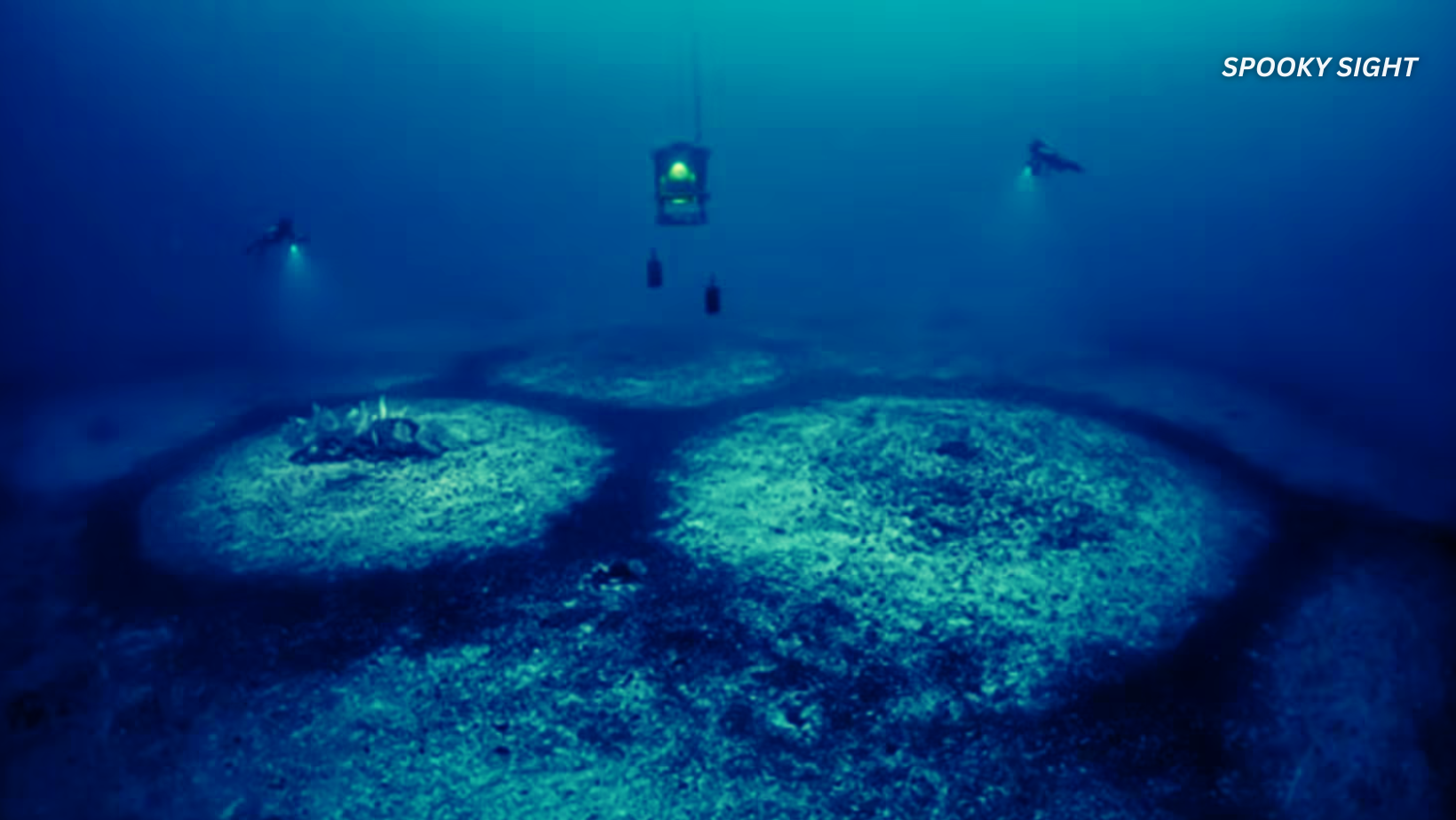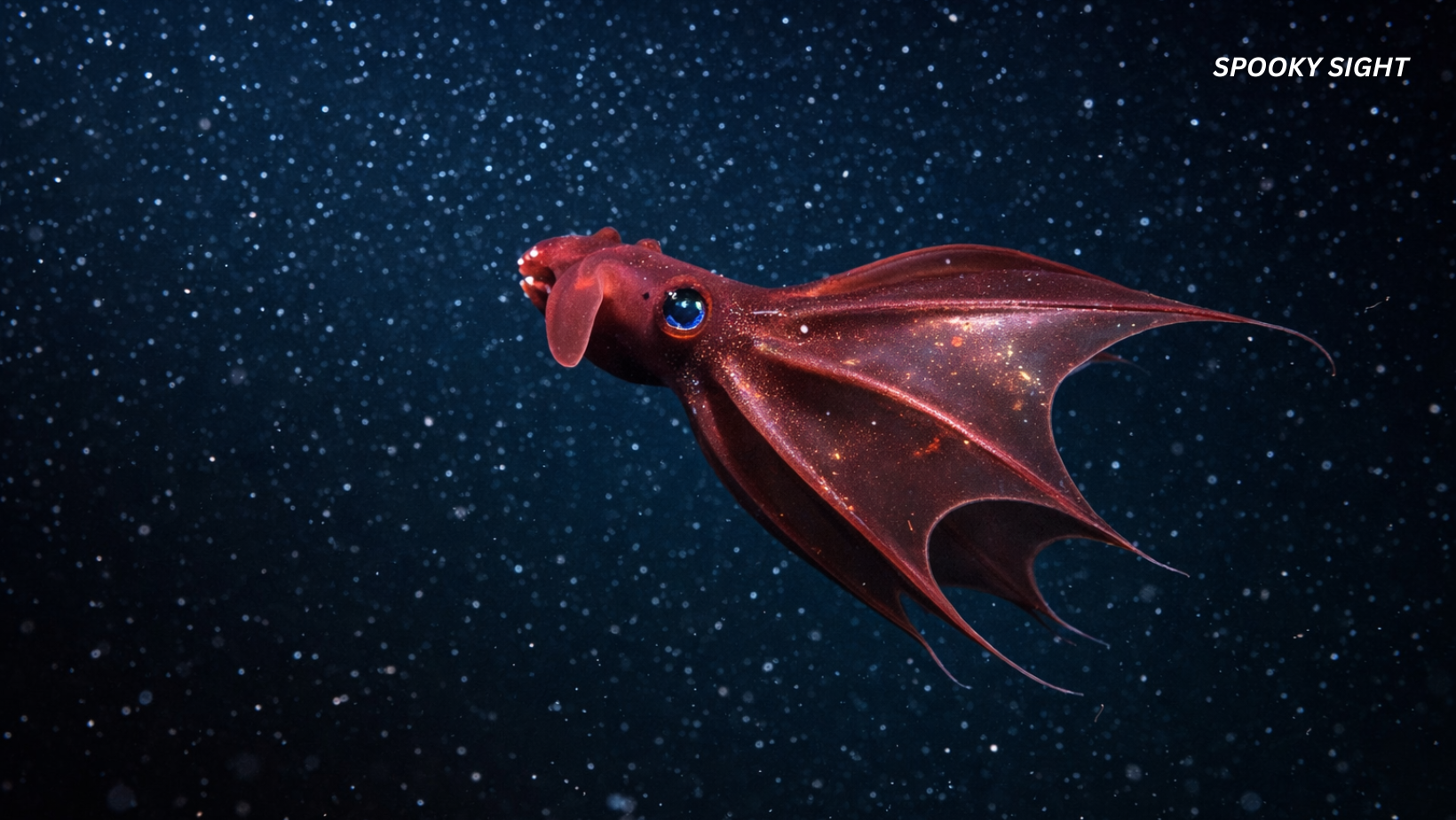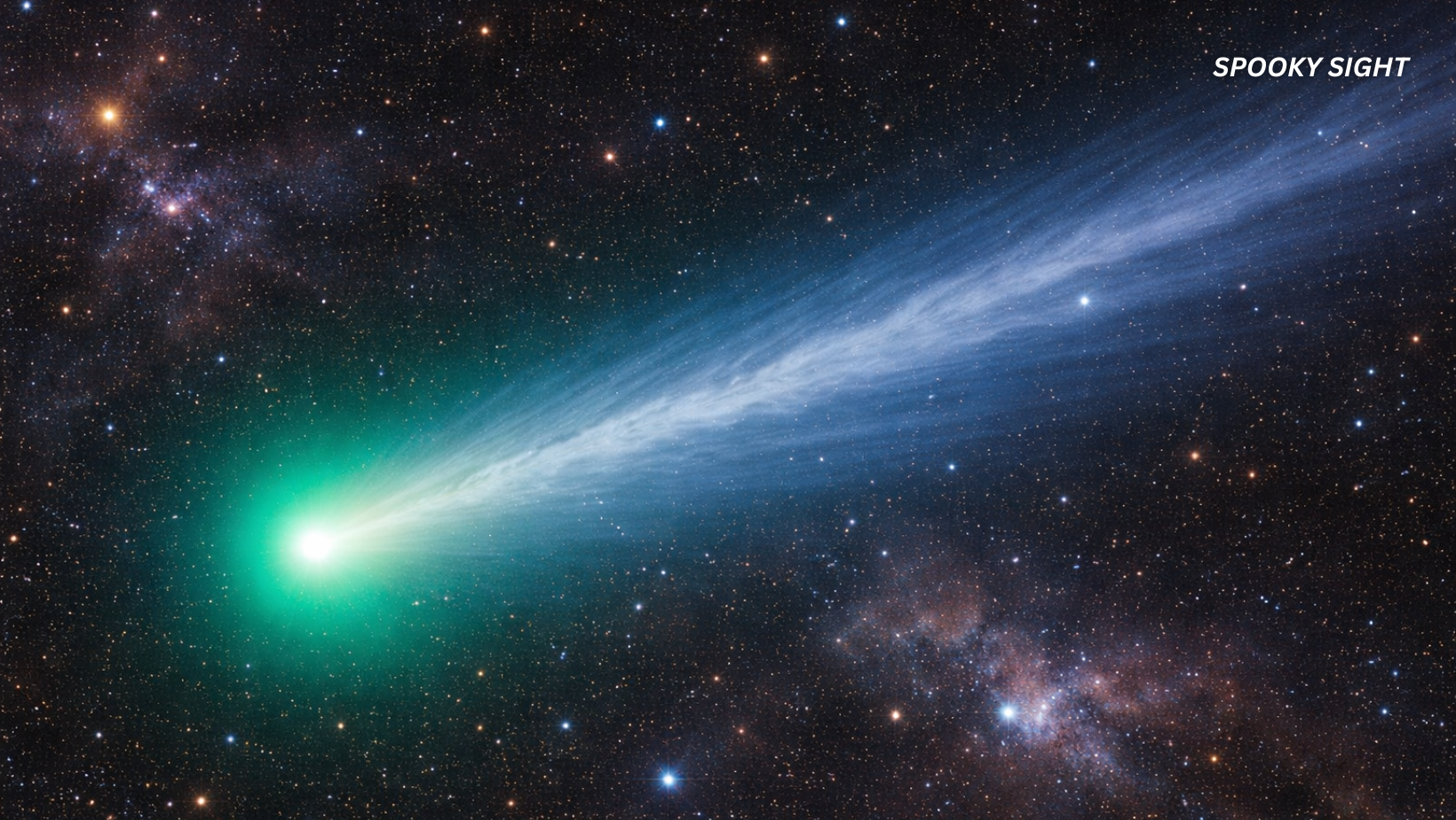In 2011, an astonishing discovery beneath the Mediterranean’s surface stunned the scientific community and ignited widespread public fascination. More than 1,300 perfectly symmetrical, circular structures—each approximately 20 meters in diameter and marked by a dark spot at the center—were spotted near the coastline of Corsica. These mysterious formations seemed almost too precise to be the work of nature. Their discovery prompted questions and theories from both scientists and the general public, all eager to understand the origins of these unusual underwater rings.
The initial detection of these formations was made through high-resolution satellite images. While the rings were visible from above, it was the subsequent underwater explorations that confirmed their presence on the seafloor. Researchers found themselves confronted with a perplexing puzzle: the symmetry and repetition of the circles suggested an intentional design, yet no known natural or human process could fully explain their appearance.
The discovery sparked a flood of hypotheses, with many suggesting that the formations were the result of natural geological phenomena. Some proposed that underwater currents or volcanic activity might have created the rings, shaping them into the nearly perfect circles observed. The similarity of the structures to known geological features such as ancient submerged volcanic craters only added fuel to these theories.
Others, however, were less inclined to attribute the rings to geology alone. Some of the more extravagant explanations pointed to human involvement, suggesting the rings could be remnants of ancient, lost civilizations or even the result of extraterrestrial activity. The symmetry and precision of the structures seemed almost too perfect to be a random geological occurrence, leading to wild theories that the rings were built or arranged by intelligent beings. These ideas, though intriguing, were speculative and remained unsubstantiated in the face of ongoing scientific scrutiny.
Unraveling the Enigma
The scientific community and the public alike were captivated by the unusual formations. Some researchers theorized that geological processes were responsible, while others entertained the possibility of human or even extraterrestrial involvement. The near-perfect symmetry of the rings made natural explanations seem unlikely, adding to the mystery. Many theories emerged, ranging from deep-sea volcanic activity to ancient, submerged structures created by lost civilizations. However, none of these hypotheses could be confirmed through initial explorations.
As scientists delved deeper, advanced imaging techniques and direct underwater surveys were used to examine the composition and growth patterns of the rings. Initial observations suggested that they were not the result of physical disturbances like underwater currents or sediment shifts. Instead, signs of biological activity were detected within the formations, leading researchers to shift their focus toward marine life.
The breakthrough came when marine biologists observed the structures up close and found that they were composed of living organisms. Over years of meticulous study, it became evident that these rings were formed by coral atolls—ecosystems shaped by calcareous algae and other marine organisms. This revelation not only solved the mystery but also opened new avenues for research into the development of marine habitats in unexpected locations.
Read more: People Mystified As Huge Spinning Blue Spirals Are Being Spotted In Skies Around The World
A Living Structure Beneath the Waves
A thorough study has determined that these formations are not geological anomalies but biological structures known as coral atolls. These atolls, primarily composed of calcareous algae and various marine organisms, gradually develop into rigid structures on the seafloor. Over time, their growth results in a striking circular pattern. It was through the efforts of photographer and biologist Laurent Ballesta, who personally explored one of these rings, that their living nature was confirmed. “It was alive,” he noted after his descent into the depths.
The remarkable symmetry observed in these formations can be attributed to the radial expansion of the algae and corals that shape this underwater ecosystem. As ocean currents interact with these developing organisms, the characteristic circular patterns emerge naturally.
An Ecosystem of Great Importance
“These structures hold significant ecological value,” Pergent-Martini explained in an interview with National Geographic. The atolls provide a habitat rich in biodiversity, serving as a refuge for numerous marine species. Among the inhabitants is the yellow coral (Dendrophyllia cornigera), a species rarely found in the Mediterranean, as it typically thrives in much deeper waters.
Implications for Marine Conservation
The discovery of these coral atolls carries profound implications for marine research and conservation efforts. These formations play a vital role in maintaining biodiversity in the Mediterranean, offering shelter and sustenance to a variety of marine life. Additionally, their presence serves as an indicator of the overall health of oceanic ecosystems.
Despite their ecological significance, these structures remain highly vulnerable. Climate change, pollution, and human activity pose serious threats to their survival. Rising ocean temperatures and acidification could disrupt the delicate balance that allows these atolls to thrive. Changes in water chemistry may impact the growth of the algae and corals, jeopardizing the stability of the formations.
The Need for Protection
“Protecting these habitats is essential,” Pergent-Martini emphasized. “A deeper understanding of their ecological dynamics is needed, but one thing is clear—their preservation is crucial for maintaining marine balance in this region.”
Read more: Scientist Claims To Have Evidence Our Entire Universe Is Trapped Inside a Black Hole
A World Yet to Be Discovered
This discovery highlights the vast, uncharted mysteries that still exist beneath the ocean’s surface. The seafloor remains one of the least explored frontiers in science, and findings like these coral atolls suggest that many more revelations about deep-sea life are yet to come.
Despite advances in oceanography, much of the deep sea remains an enigma. Scientists estimate that only a fraction of marine species have been identified, leaving countless organisms and ecosystems undiscovered. The discovery of these coral atolls serves as a reminder that the ocean is a dynamic and evolving environment, full of hidden wonders waiting to be explored.
New technologies, such as deep-sea submersibles, remotely operated vehicles (ROVs), and artificial intelligence-driven mapping, are making it possible to delve deeper into the ocean than ever before. Each new expedition has the potential to uncover life forms that have adapted to extreme conditions, revealing unique survival strategies that could even have implications for medical and technological advancements.
Exploring the depths not only expands scientific knowledge but also reinforces the importance of ocean conservation. As human activities increasingly impact marine ecosystems, understanding these fragile habitats is more crucial than ever. The coral atolls in the Mediterranean are just one example of how much remains to be learned from the hidden world beneath the waves, and they serve as an inspiration to continue pushing the boundaries of deep-sea exploration.
Featured image: Laurent Ballesta








